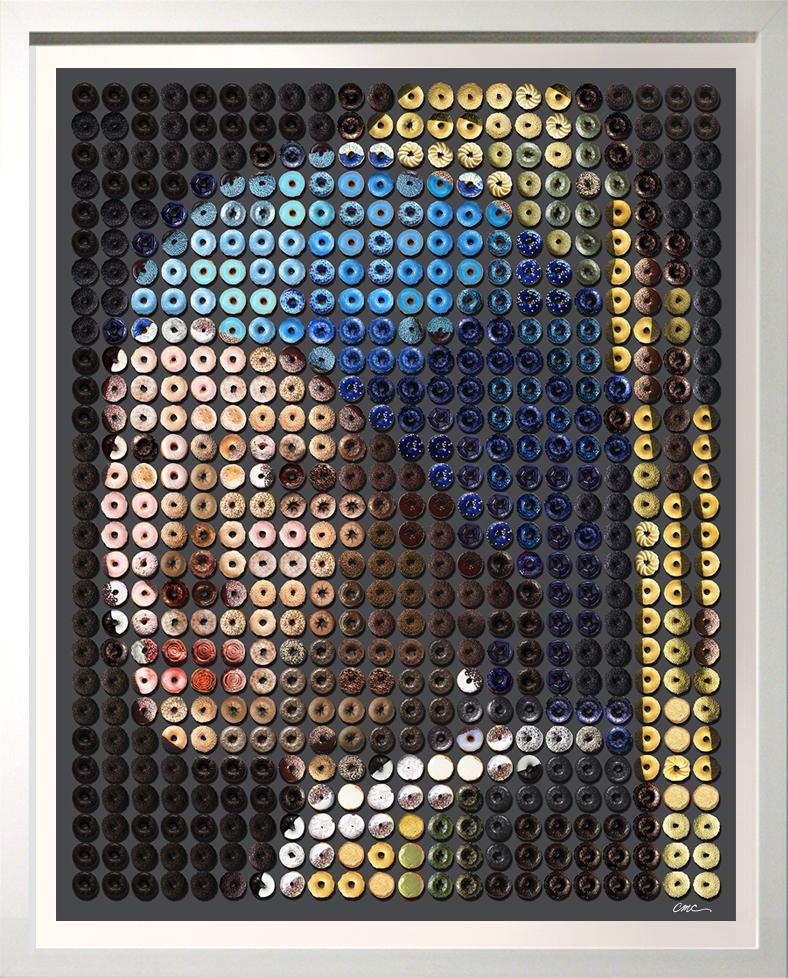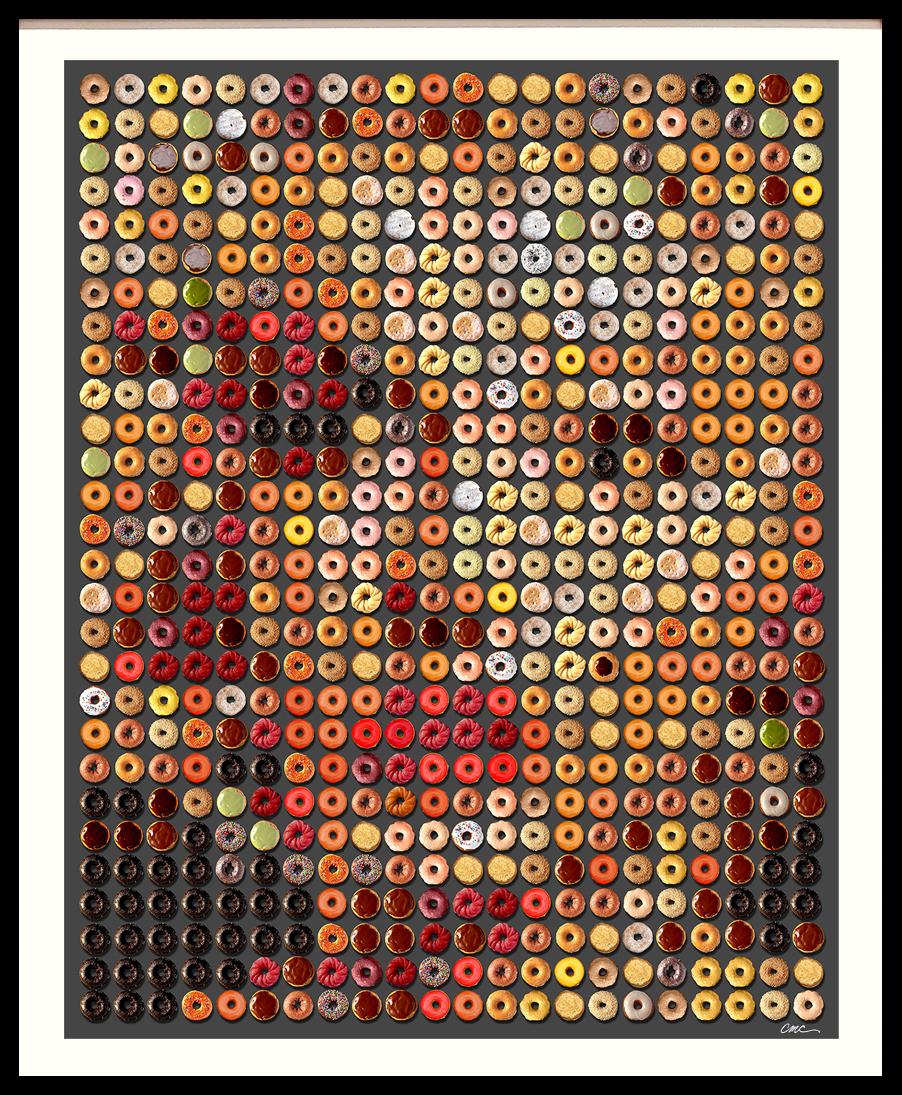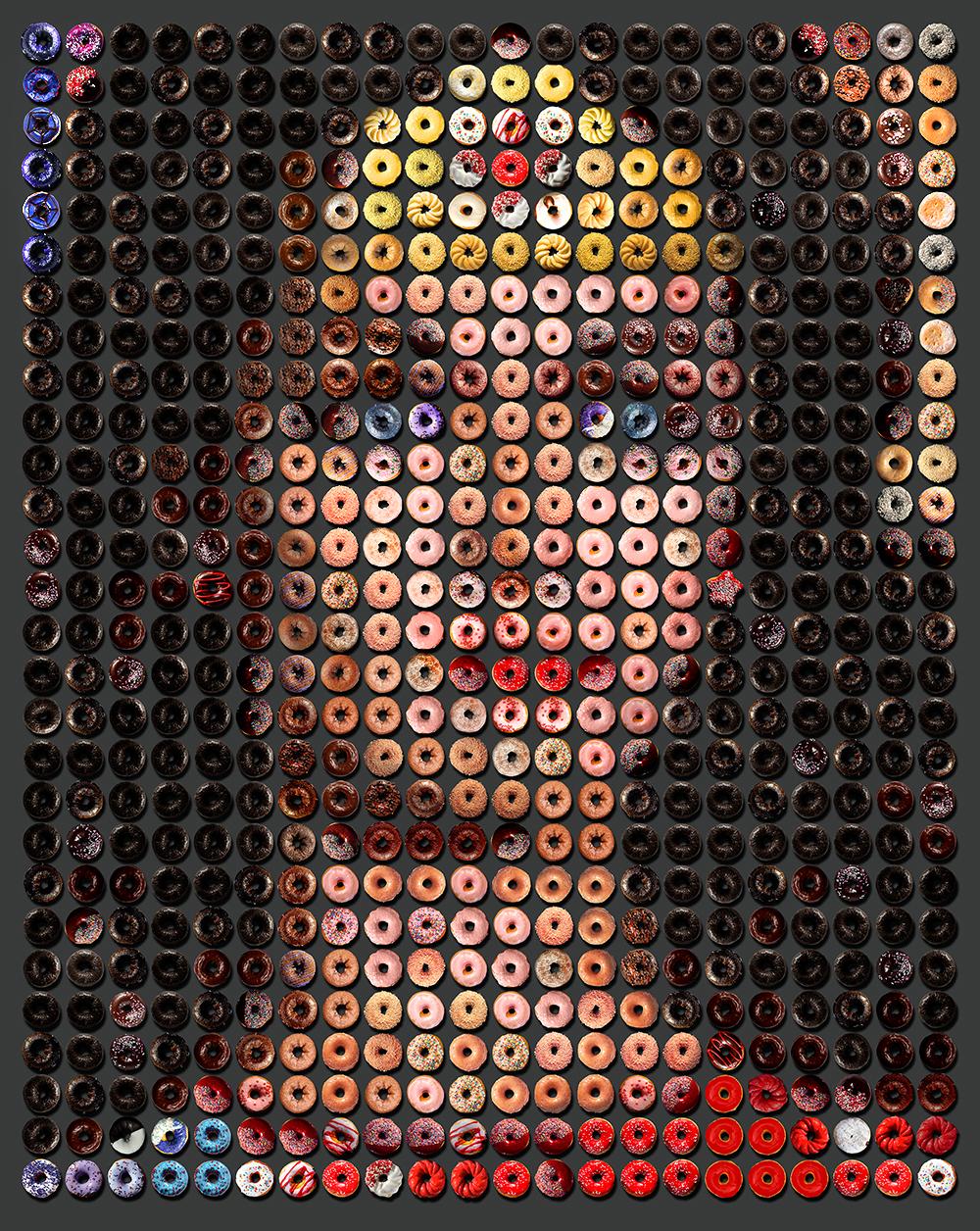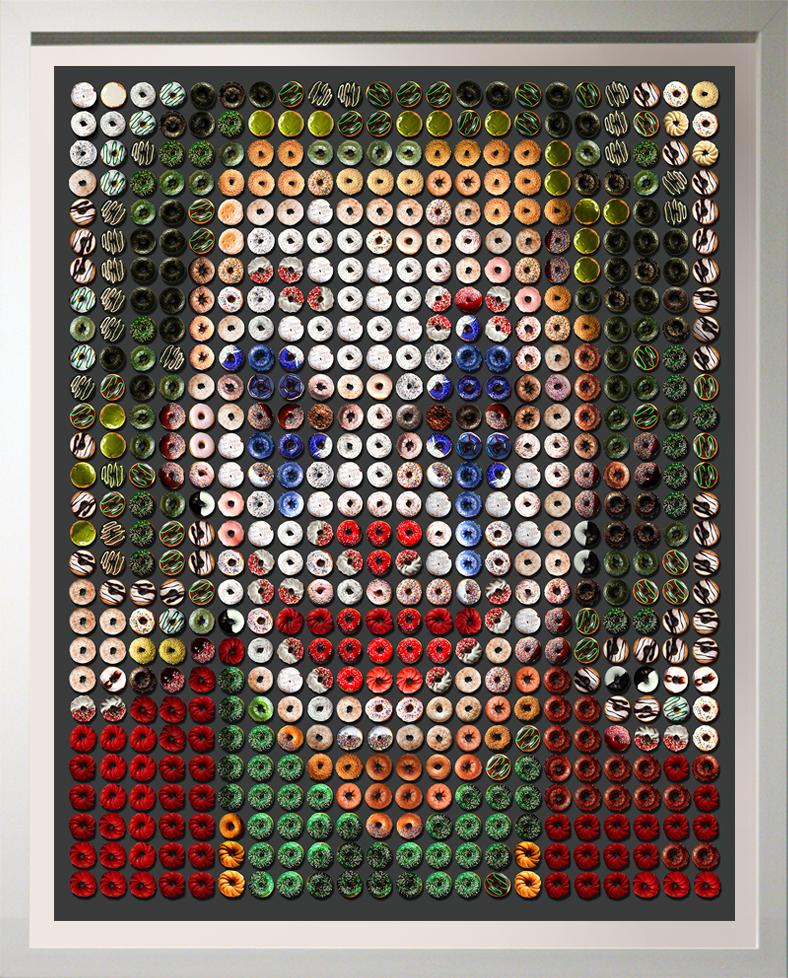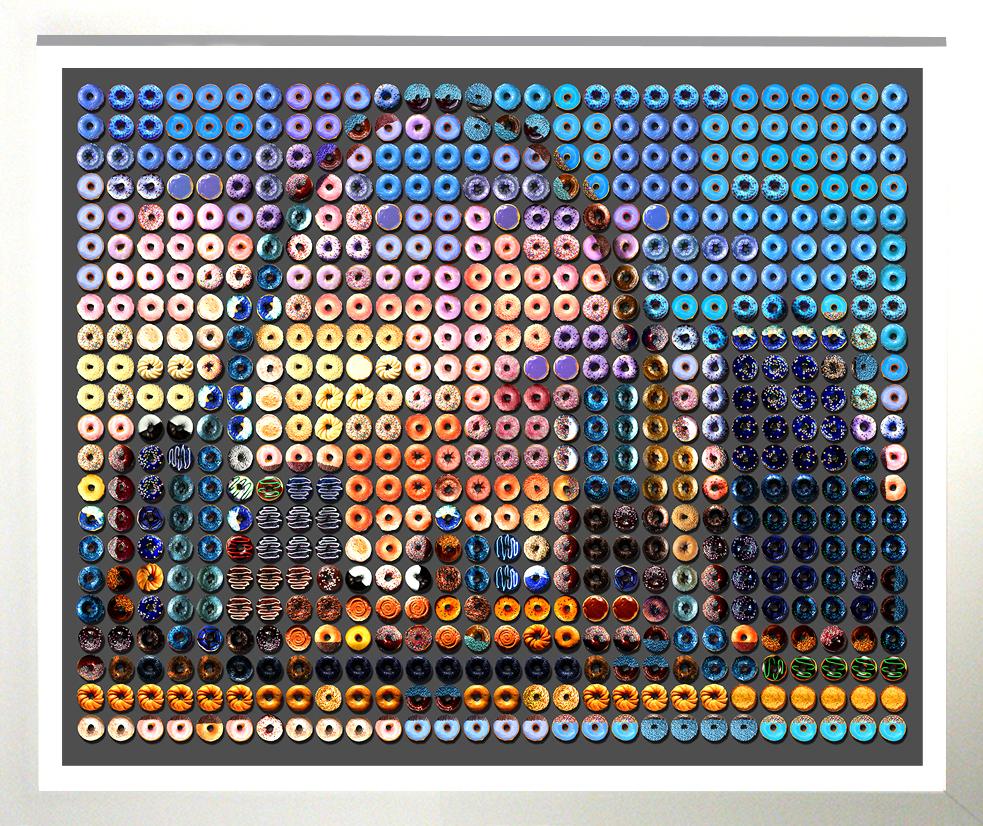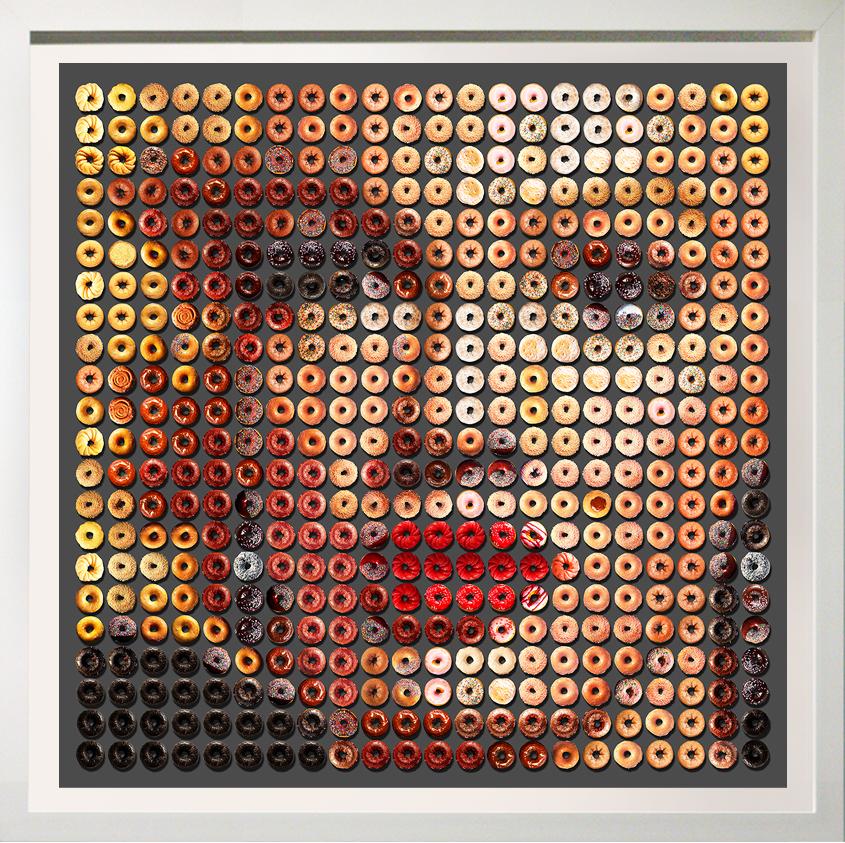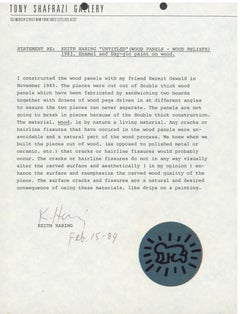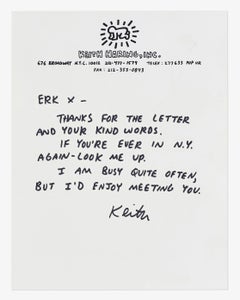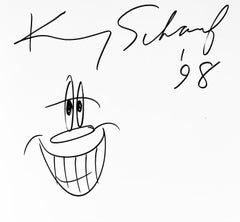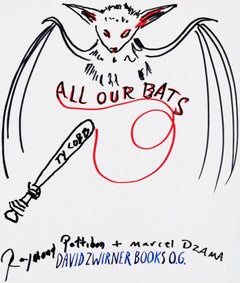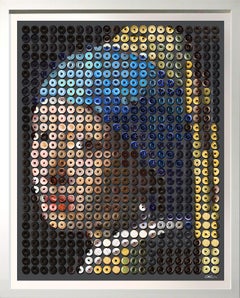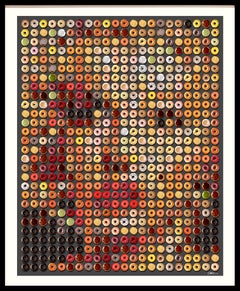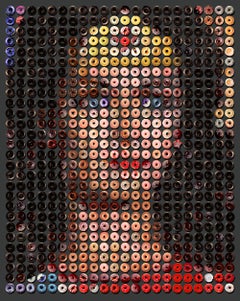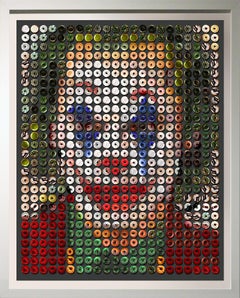Keith Haring at the Stedelijk Museum, Amsterdam, Netherlands, March 15th – 12th May, 1986:
Signed Keith Haring Stedelijk Museum exhibition catalogue featuring a Keith Haring dancing man drawing connected to the artist's emblematic circle cross. To the left side, we find a uniquely mirrored, charming image of Haring as a child. A timeless, much decorative & highly collectible Keith Haring collectible that would look fantastic framed in any setting.
More on the catalogue itself: Keith Haring at the Stedelijk Museum 1986:
A rare, sought-after catalog to Keith Haring's first major solo museum show. One the more comprehensive and well illustrated catalogue's produced during Haring's lifetime. Features a brilliantly rendered silkscreened front & back cover defined by crisp, bright colors and a bold yellow printed signature on the reverse. 83 pages; illustrated throughout with rare photographic images by Haring's close friend, Tseng Kwong Chi: & unique early examples of Haring's output and beyond; plus an in-depth interview with the artist. A must have Keith Haring collectible that works well in any collection.
Medium: Hand-drawing and signature on interior 1st page of complete exhibition catalogue.
Dimensions: Publication: 10 x 12 inches (folded closed). Opening to 10x24 inches (as pictured in image 1).
Softcover; 83 pages. Preface by Wim Beeren. Text in Dutch and English. From a scarce edition of unknown.
Signature and drawing well-preserved. Book contains come minor wear commensurate with age; stain upper left front cover; back cover very good.
Keith Haring Amsterdam 1986:
"When Keith Haring’s first major solo exhibition was staged in Stedelijk Museum in 1986, the artist was beginning to gain great affection and admiration within the larger audience. Alongside his iconic paintings and drawings, Haring wanted to create a site-specific work especially devised for this show. Therefore, he had laid out a massive velum on the floor, measuring almost 40 x 66 feet, 12 x 20 meters, and created a stunning canvas in just one day, using only spray paint. Painting rapidly and rhythmically while moving over the canvas to the hip-hop playing in the background, Haring made quite a performance of it, while photographers and journalists looked on. Featuring dancing, waving figures, crawling babies and squirming animals, the canvas was stretched below the monumental glass cupola above the historic staircase, filtering daylight into the grand hallway.
At the time of the show, Keith Haring was involved in many other activities in the city of Amsterdam, outside of the museum. Using the city as his canvas, he joined young, local, graffiti artists to create some stunning artworks that commanded attention. Among those pieces is a mural on the façade of the former Stedelijk storage depot on the Jan van Galenstraat, painted while working from a crane. Described by the Amsterdam artist Jan Rothuizen, who was there at the time, as a kind of a happy dinosaur with an elongated neck, it is Haring’s largest surviving public artwork in Europe. This painting still stands today, yet it is hidden from the view, concealed by weatherboarding installed to protect the building against damp conditions." (source: Widewalls 10/17).
Keith Haring (American, 1958–1990), a Neo-Pop and Graffiti artist, had a short but prolific career centered on a vision to unite “high art,” urban aesthetics, and public spaces using humorous, irreverent, and poignant works. Born in Pennsylvania, Haring attended the Ivy School of Art in Pittsburgh for two years, planning to become a commercial artist. He found this path unsatisfying, and instead chose to study at the School of Visual Arts in New York, where he met fellow artists Jean Michel Basquiat and Kenny Scharf. Haring immersed himself in the culture of the city’s streets and clubs, and, in 1980, began covering the blank billboards on subway station walls with his Subway drawings in chalk.
Haring’s bold public art attracted the attention of several galleries, and, by the early 1980s, he was painting Neo-Pop works and large murals full time. In an effort to make his art widely accessible, Haring opened the Pop Shop in 1986 in downtown New York, selling commercial items adorned with his signature, cartoonish imagery. Haring combined graffiti, hip-hop, and urban aesthetics, frequently depicting animals, figures, commercial icons, sexual imagery, and childlike motifs in pieces that were both playful and concerned with social issues.
His work became increasingly confrontational following his 1987 diagnosis of AIDS. Haring resolved to work harder than ever in his remaining years, creating pieces with a fervent speed and devoting his art to social action in addition to his personal expression. In 1989, he established the Keith Haring Foundation, whose goal is to promote art programs and public spaces for children, and to raise awareness about AIDS. He died on February 16, 1990 in New York at the age of 31. In addition to hundreds of exhibitions held during his lifetime, Haring has been the subject of numerous retrospectives in New York, San Francisco, Paris, Tokyo, and Berlin since his death.
Related Categories:
Keith Haring Pop Shop. Keith Haring 1986. Keith Haring Stedelijk Museum. Keith Haring Europe. Keith Haring drawing. Signed Keith Haring. Pop art. Graffiti. Basquiat. Andy Warhol. KAWS. Keith Haring dancing man.
